What to do after an earthquake. Prioritize safety by checking for injuries, assessing damage, and being aware of potential aftershocks. Stay away from damaged buildings and monitor local news on social media for updates.
Thailand government updates: www.earthquake.tmd.go.th
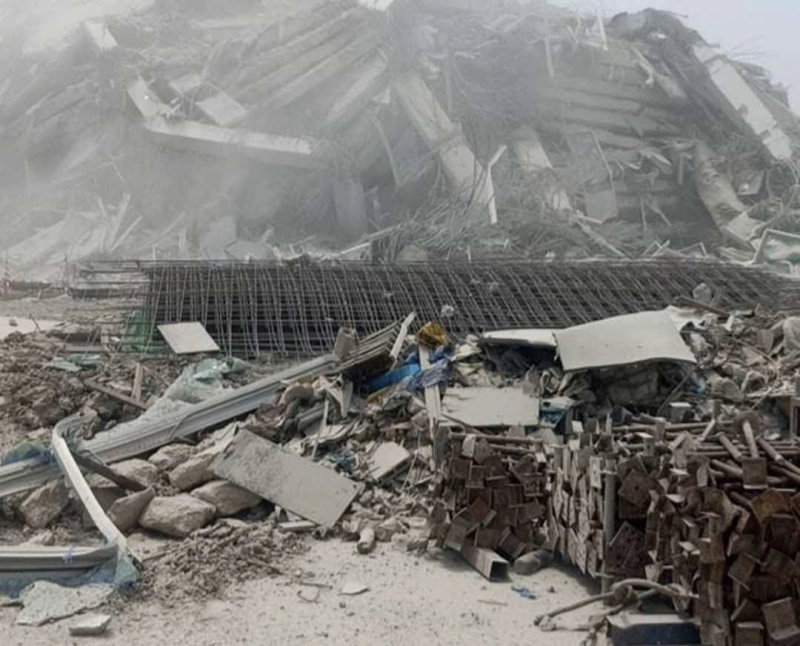
1. Immediate Actions: If there was damage in the immediate area.
- Check for Injuries: Assess yourself and others for injuries and provide first aid if needed. Think FIRST AID KIT. Know your emergency phone numbers: EMS-1669, Police-191, & Fire-199.
- Be aware that EMS may be busy triaging mass casualty locations, and may not be responding of hours.
- Assess Damage: Check your home or workplace for damage and evacuate if the building appears unsafe in any manner, using stairs instead of elevators.
- Stay Outside: If you are outside, move to an open area away from buildings, trees, power lines, and other potential hazards.
- Wear Protective Gear: If there is damage in the immediate area. Wear sturdy shoes or boots to protect your feet from broken glass and debris.
- Be Aware of Aftershocks: Expect aftershocks, which can be as strong as the original earthquake, and be ready to "Drop, Cover, and Hold On" if you feel another tremor. Leave the building if you able to do safely.
- Avoid travel, if possible. Traffic will immediately be affected causing delays for EMS to response to emergencies.
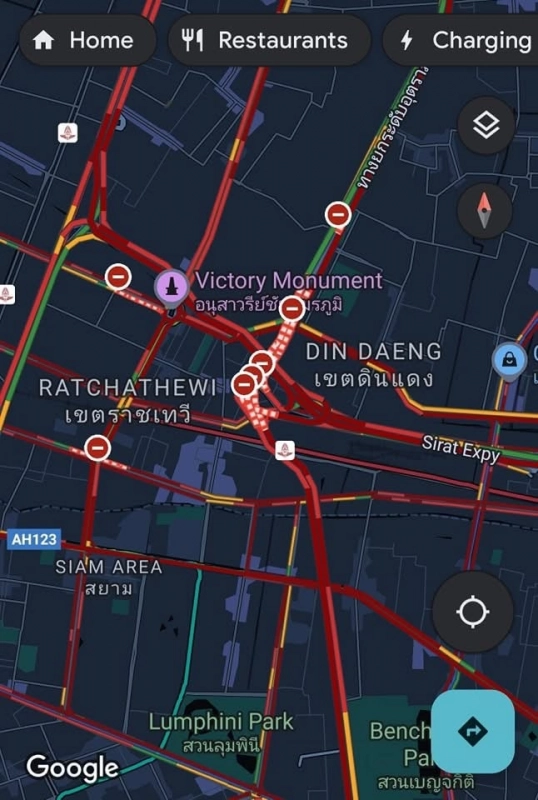
If you are on the West Coast of Thailand. Be aware of potential tsunami warnings and move to higher ground if necessary.
2. Safety Checks and Precautions:
- Check Utilities: Check water, gas, and electric lines for damage and shut off the valves if necessary.
- Check for Gas Leaks: If you smell gas, open all windows and doors, leave immediately, and report it to authorities.
- Extinguish Small Fires: If it is safe to do so, look for and extinguish small fires. Know where it is in your condo.
- Stay Away from Damaged Areas: Stay out of damaged buildings and areas until authorities deem them safe.
- Be Careful of Chimneys: Be careful of chimneys, as they may fall on you.
- Protect Yourself from Debris: Cover your mouth and nose with a cloth, or towel. A face mask to protect yourself from dust and debris.
- Use Flashlights or Torch mode on your mobile/cellular device: Use battery-powered flashlights to inspect your home for damage while taking photos with your mobile device.
- Do Not Light Matches or Turn on Light Switches: Avoid lighting matches or turning on light switches, as this could ignite a gas leak.
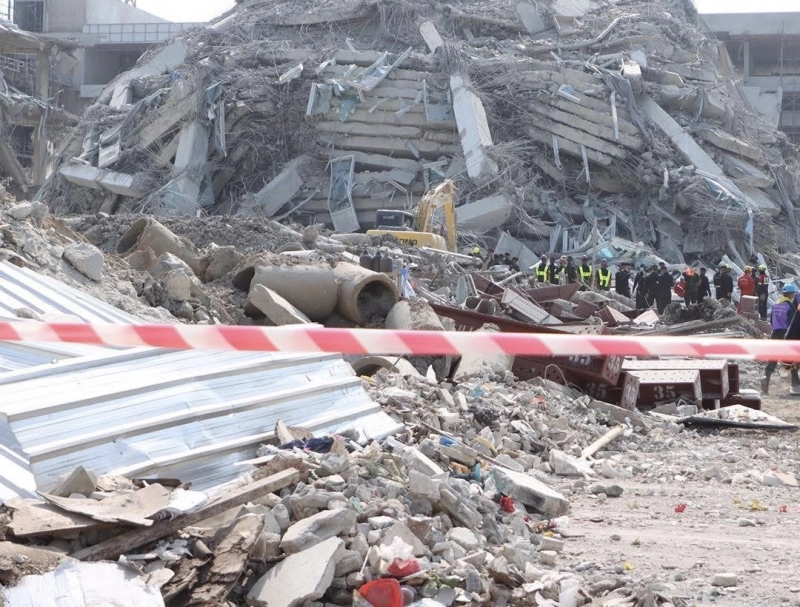
3. Communication and Information:
- Listen to the national disaster organizations on social media. Along with real-time posts of individuals providing information and exact location(s).
Avoid making non-emergency phone calls to keep from overloading the internet mobile services.
- Use social media: Use social media or texting to let others know you are safe. Mark yourself “safe” on social media so other know you’re ok.
- Follow Instructions: Follow instructions from public safety officials and local authorities.
- Check on Neighbors: Check on family, friends, and neighbors, especially those who may need additional assistance.
- Register as Safe: On "Safe" on social media so friends and family know that you are safe.

4. Additional Tips:
- Prepare for Aftershocks: Be prepared for aftershocks, which can occur for days, weeks, or even months after the main earthquake.
- Practice "Drop, Cover, and Hold On": Practice "Drop, Cover, and Hold On" with your family and at your workplace when you are not able to evacuate.
- Secure Your Home: Secure heavy furniture, shelving, and objects to prevent them from falling during an earthquake. Lay them flat on the floor.
- Have an Emergency Kit: Keep a FIRST AID KIT and an emergency kit stocked with essential supplies, such as water, food, first-aid supplies, an extra power bank and a flashlight. An IFAK is helpful if you are trained on it.
- Know Your Local Earthquake Risks: Understand your local earthquake risks and take appropriate precautions.
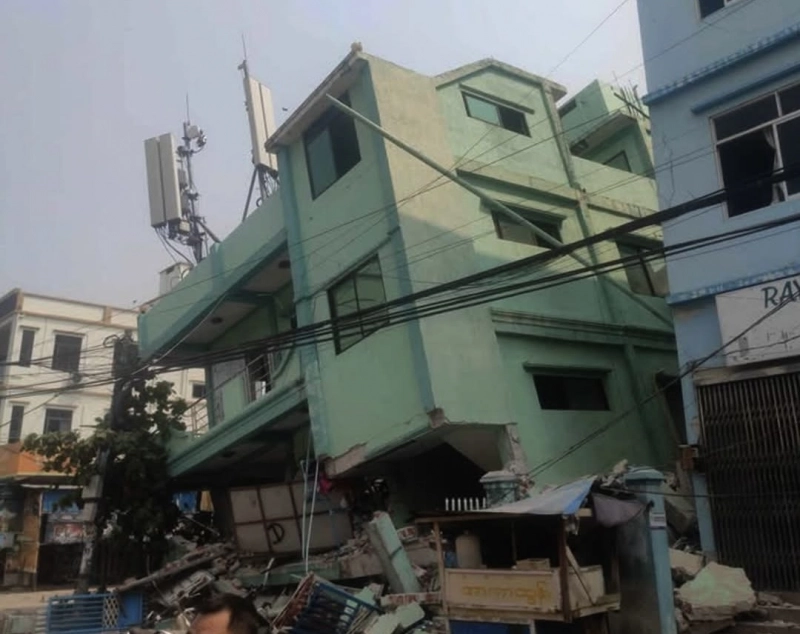
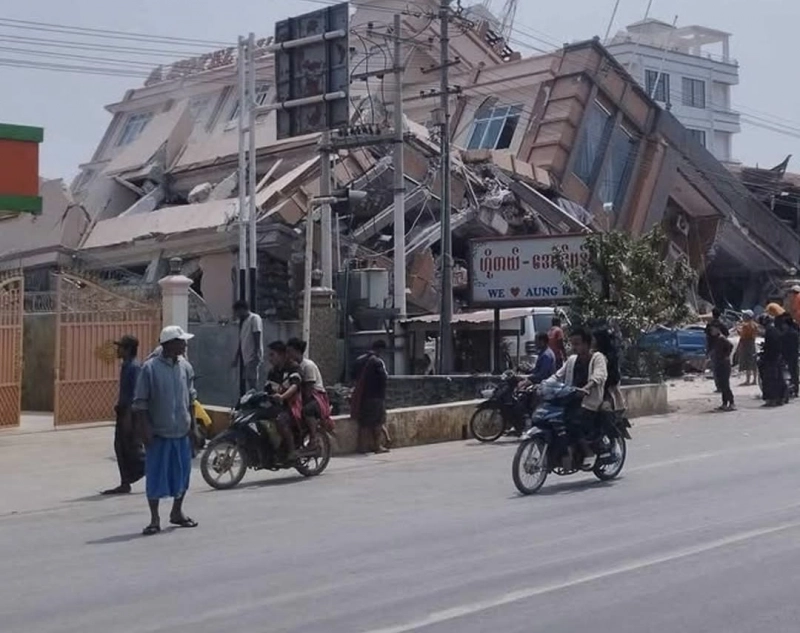
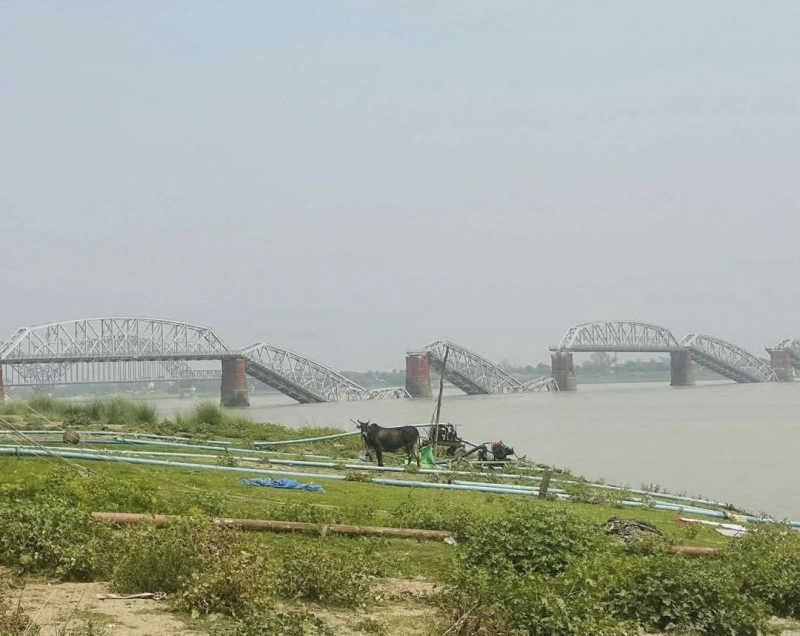
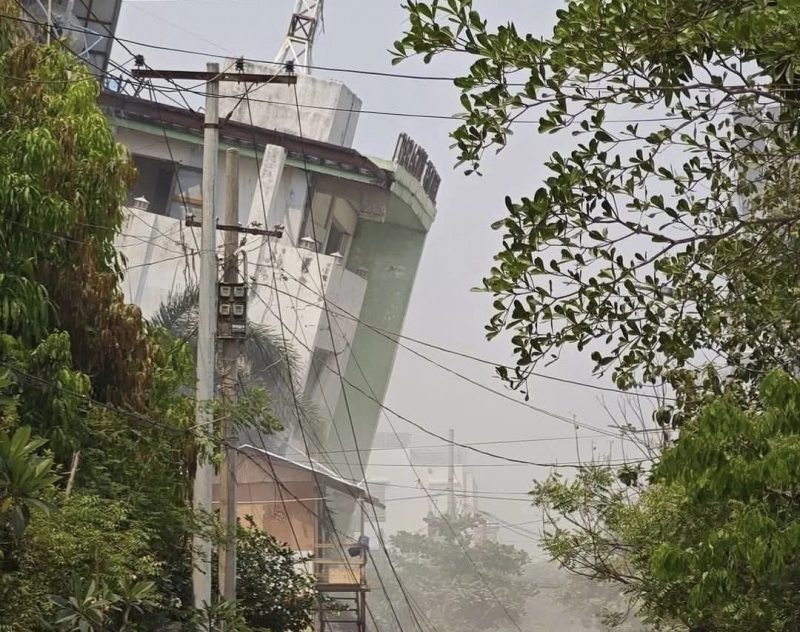
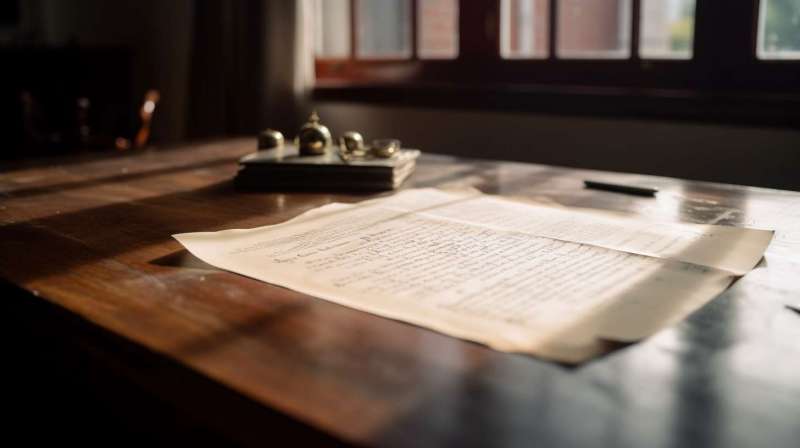
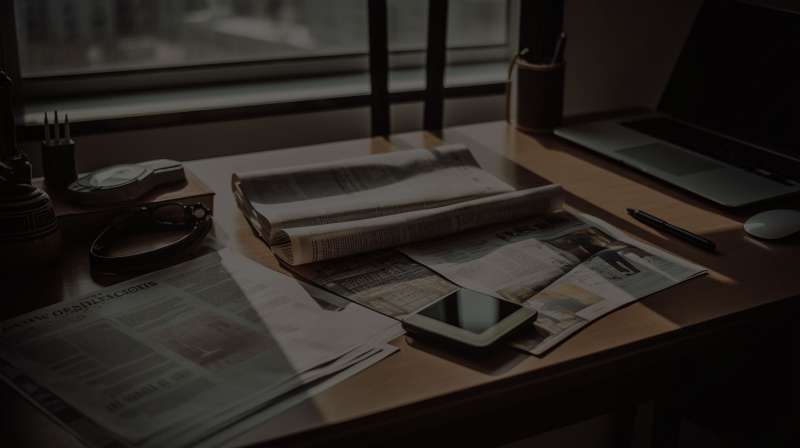
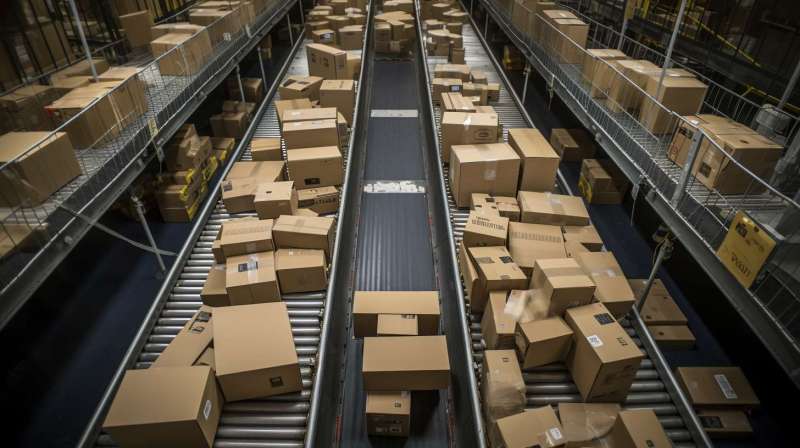

Share on social media